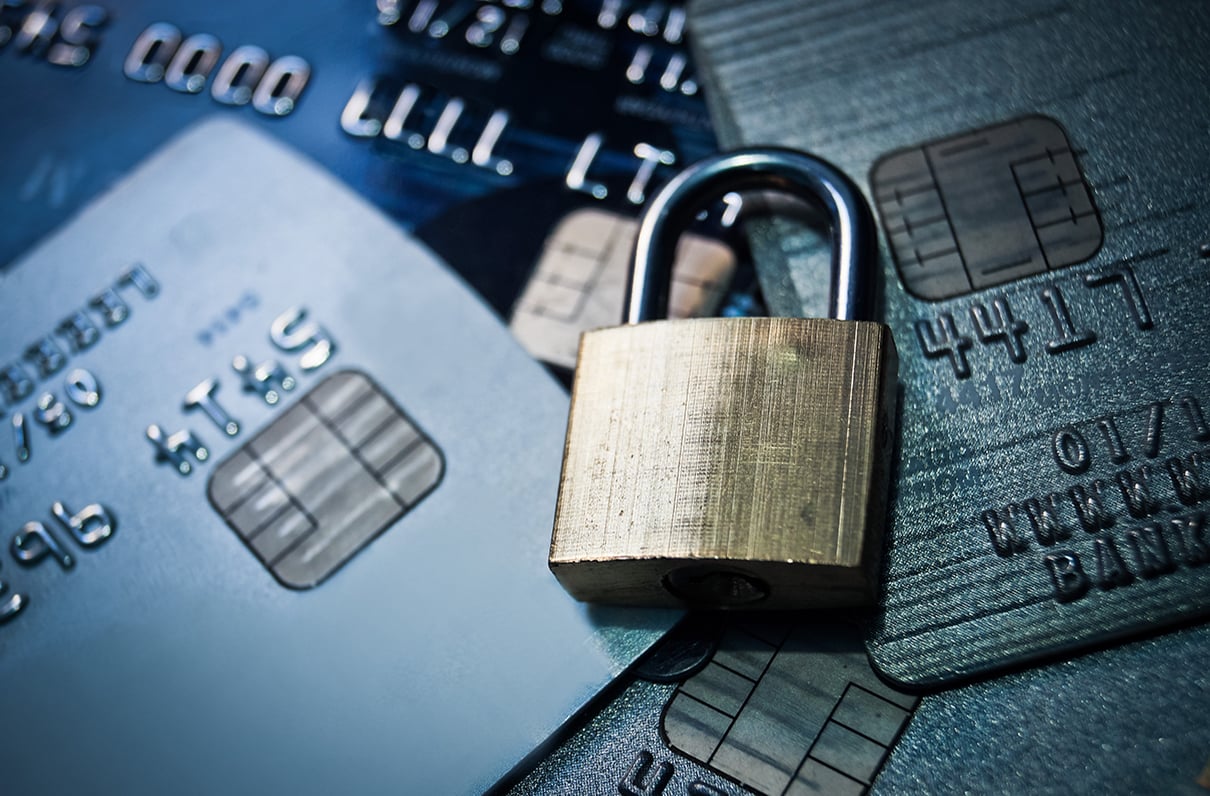Scary ads and articles trumpet the dangers of identity theft and other forms of hacking. The risk is real, but the good news is it’s easy to protect yourself with these simple steps.
1. Set aside time — as little as a couple of hours — to assess your current situation. Gather account information for your financial institutions, medical providers, insurance companies, and organizations. Premium and Life members of MOAA have free access to two publications — Family Matters for active duty families and the Personal Affairs Guide for other families — that can help you assemble all your personal information in one place.
Tip: Remember to record the dates and outcomes of your calls and the names of anyone you spoke with.
2. Set up a tickler file for reminders of future action steps, such as checking your credit free at annualcreditreport.com. You can get one free report every four months by alternating requests between each of the three credit reporting agencies:
- Equifax, (800) 685-1111
- Experian, (888) EXPERIAN (397-3742)
- TransUnion, (800) 916-8800
3. Establish best password practices. In Future Crimes (Doubleday, 2015), Mark Goodman advises changing passwords on a regular basis and not using the same password across multiple sites.
“Passwords should be long (20 digits or more) and contain upper- and lowercase letters as well as symbols and spaces,” Goodman writes.
If you have trouble remembering complex passwords, Eva Velasquez, president of the nonprofit Identity Theft Resource Center (ITRC), suggests writing down your passwords and keeping that written list in a secure location. She advises against keeping a password document on your computer.
For more tips on passwords, read “Choosing Passwords That Really Protect You.”
Tip: Use a secret code or hint to help you remember a password. For example, write down or record “Name# and age of best friend at summer camp” instead of “LaureenJohnson#14” (the actual password).
4. Store copies and originals of sensitive documents in separate, secure locations, such as both a bank lockbox and a hidden fireproof box at home, and remember to share your information with the person who will need it if you become incapacitated.
5. Protect personal information that could be valuable to a thief, such as your name, Social Security number, date of birth, address, driver’s license, financial account numbers or cards, passwords, answers to security questions such as your mother’s maiden name or your father’s middle name, telephone numbers, and biometric data.
Make purchases with a credit card rather than a debit card to keep your bank account safer, and keep an eye out for anyone who might be looking over your shoulder while keying in your debit card PIN at the checkout or ATM. You also might invest in a locking mailbox and a crosscut shredder to keep a would-be thief from accessing any unsolicited credit card offers.
6. Cybersecurity could be a column on its own (and it is — see 5 Cybersecurity Tips to Keep Your Information Safe). As a start, turn your computer off when you aren’t using it; put tape or a sticker over the built-in camera; and set your security software, operating system, and web browser to update automatically.
The Federal Trade Commission (FTC) is a good source of information about phishing, or email fraud.
7. To keep up with current wisdom and get answers to questions as they arise, rely on respected sources like the FTC and the National Crime Prevention Council. The Department of Justice has an identity theft quiz to test your security awareness, while Identity Theft Resource Center has a live chat feature and offers support especially for military families.
